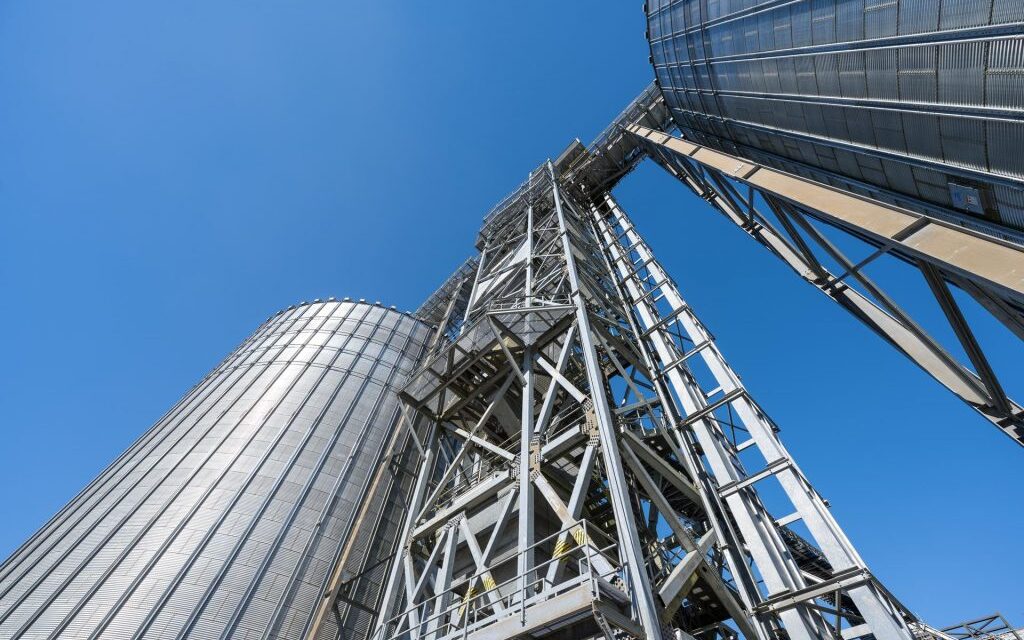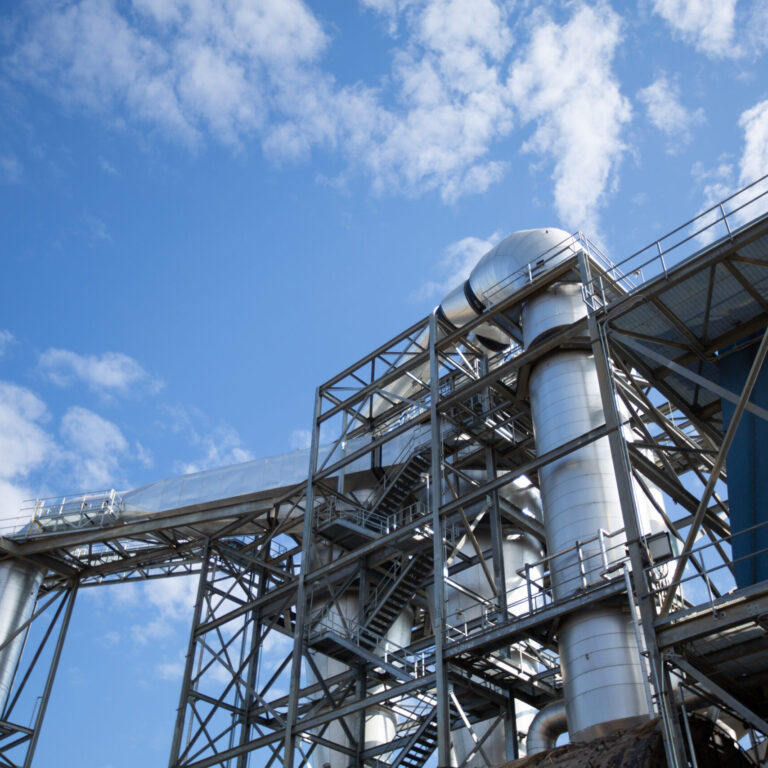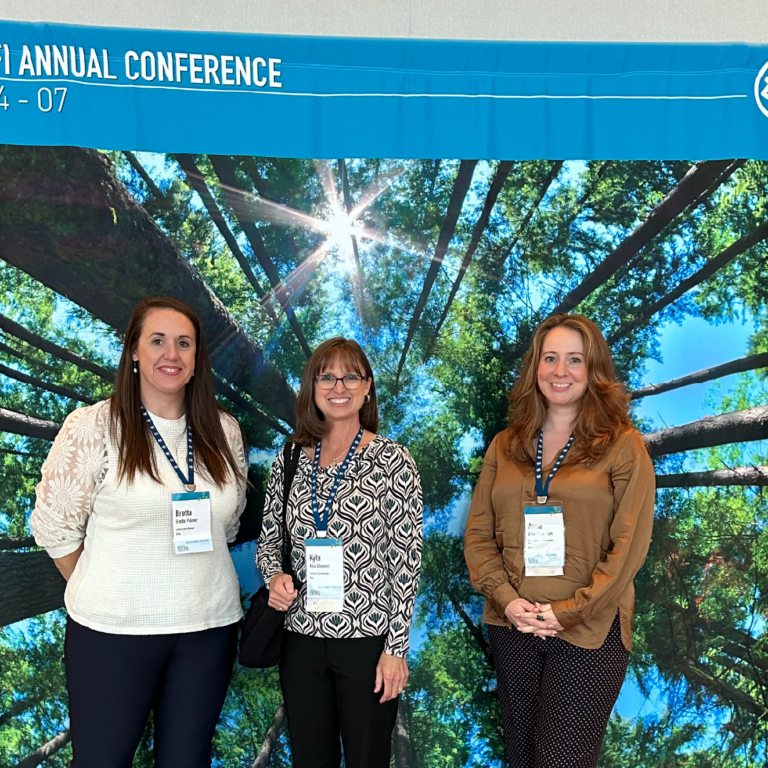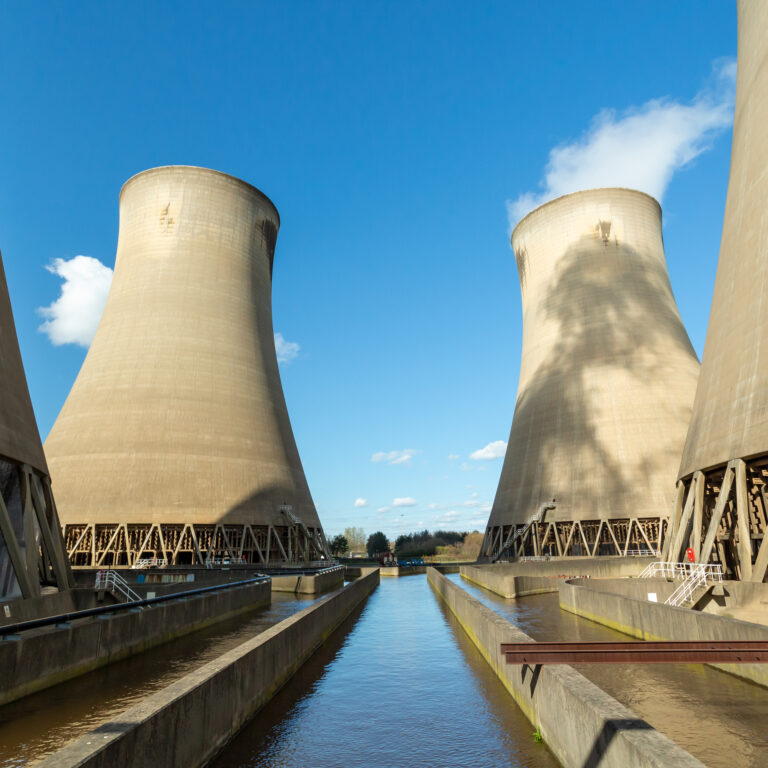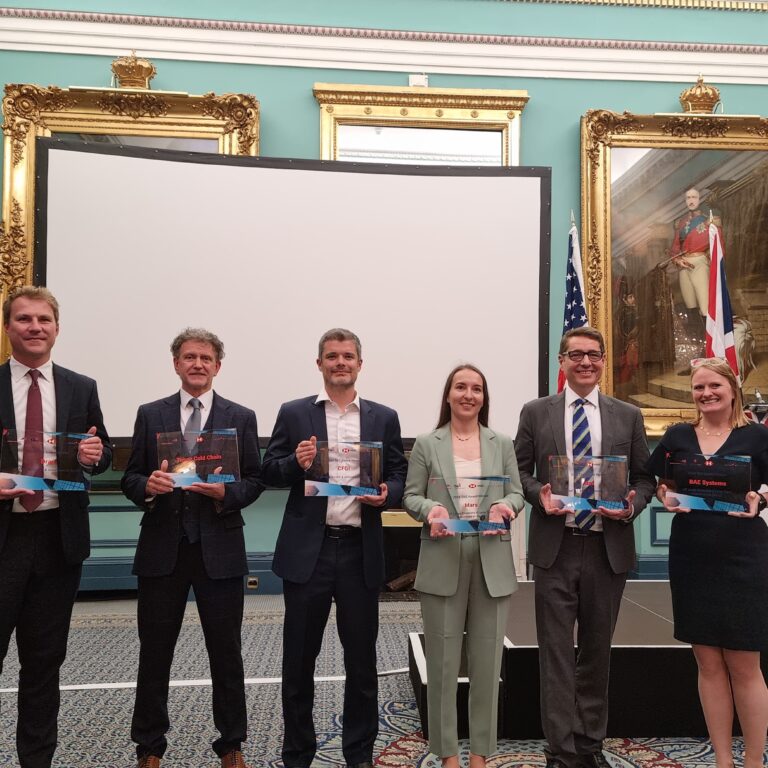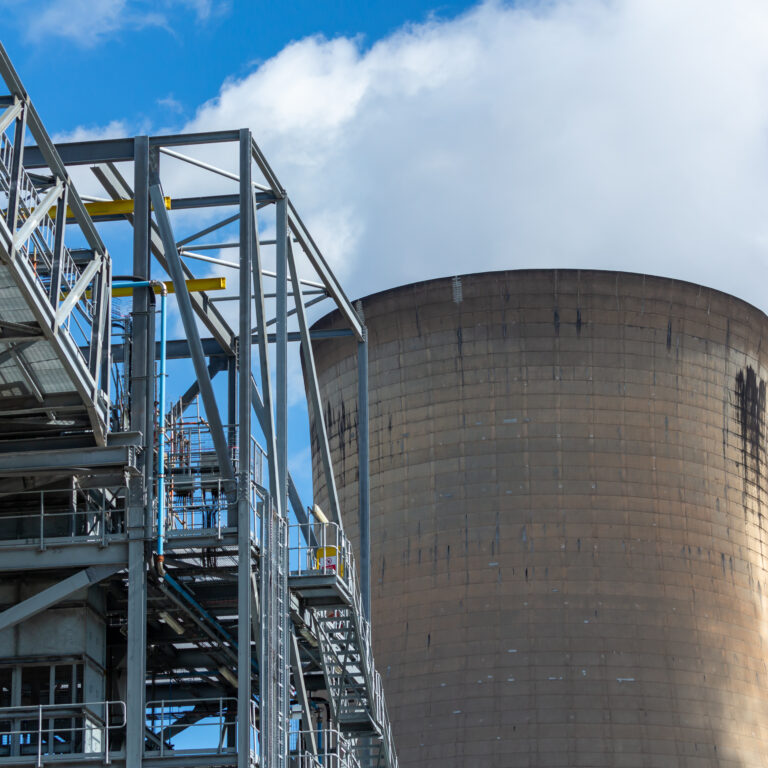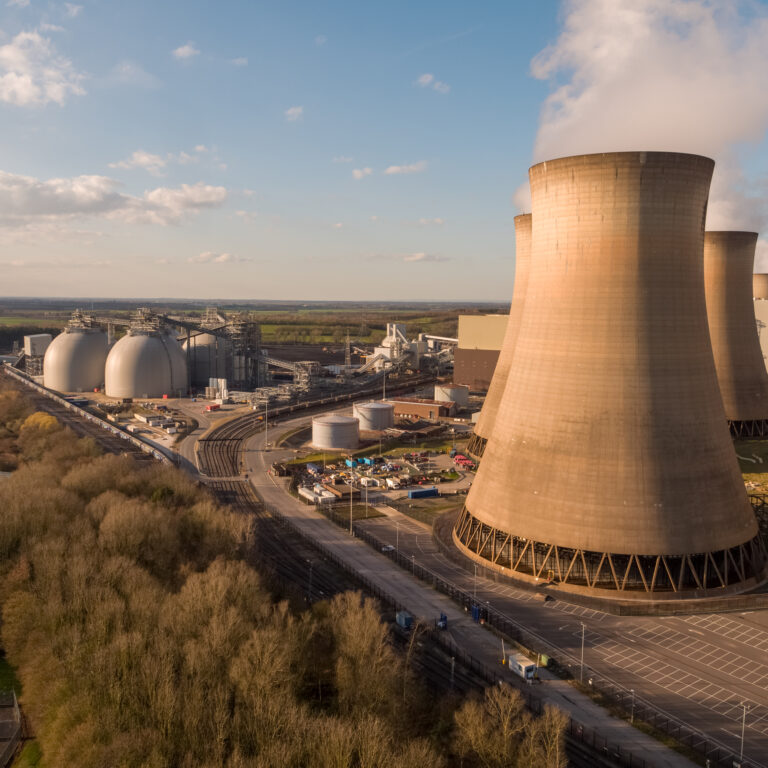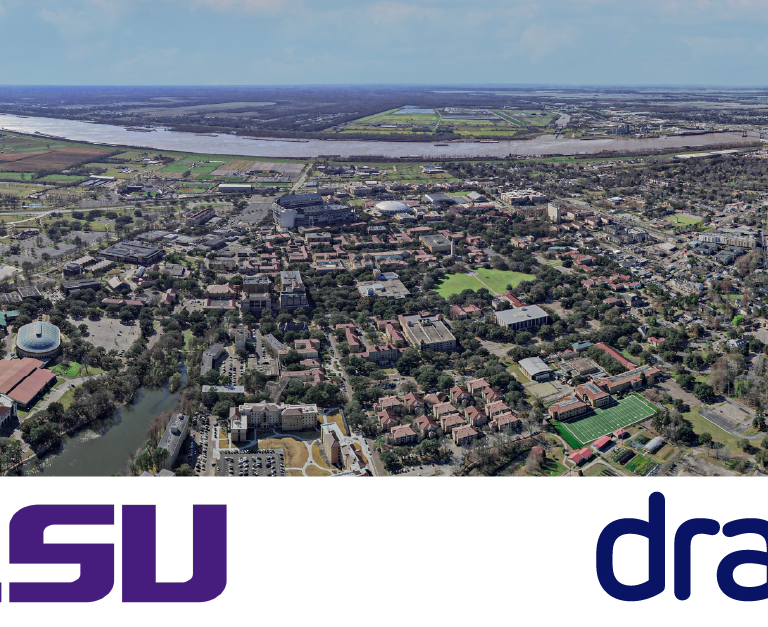By Laurie Fitzmaurice, President of Global BECCS
When it comes to energy, the United States is caught between a proverbial rock and hard place. Projected demand for power has never been higher, with the proliferation of modern technology like AI and datacenters expected to drive consumption up exponentially. At the same time, deep emissions reductions are needed immediately to curb the impact of climate change, and experts have warned that permanent carbon removals at scale are essential to limit global warming to the 2°C tipping point for our planet.
In February this year, I joined Drax Group as President of our new Houston-headquartered, independently operated business unit focused on delivering carbon dioxide removals and becoming a global leader in this emerging field. The new business unit will scale Drax’s ability to deliver high-quality carbon removals, which in turn offers organizations an opportunity to reduce their own carbon footprint.
For example, in the past month Drax announced carbon removals deals with Karbon-X and C-Zero, organizations that have committed to purchasing 25,000 and 2,000 tonnes of carbon credits respectively from our planned carbon removal facilities. These companies will sell the credits on the voluntary carbon market, enabling individuals and organizations to achieve their own emissions reduction targets.
Buyers rightfully seek confidence in their purchases; they want removals that are not only high quality but also robustly quantified and verified, and this is exactly what we are committed to delivering. Bioenergy with carbon capture and storage (BECCS) is the process of capturing and permanently storing carbon dioxide (CO2) that is generated during the production of electricity from sustainable biomass. The carbon released during this process is captured and permanently stored underground – not only reducing emissions but permanently removing carbon from the atmosphere.
As President of Drax’s new business unit focused on deploying BECCS globally, I want to share three fundamental ways that BECCS will provide energy security while reversing carbon pollution at the same time.
1. BECCS Provides Dispatchable, Renewable Energy
Unlike other carbon removal technologies, our BECCS facilities will generate secure, reliable energy for millions of homes and businesses while removing carbon dioxide from the atmosphere – uniquely helping to address two of the world’s greatest challenges at the same time.
This end-to-end process can be delivered within the U.S., providing energy independence and security by delivering renewable power around the clock, seven days a week – and unlike intermittent renewables, BECCS operates even when the sun isn’t shining, and the wind isn’t blowing.
Energy demands are increasing in the U.S. and around the world, and energy systems are struggling to keep pace. From the voracious energy consumption of AI, data centers, electric vehicles, changing climates, and population movements, states and energy networks are looking at how to keep up with demand, particularly during peak periods of strain.
This is no small task. Globally, scientists tell us it will require thousands of gigawatts of additional renewable energy capacity while removing hundreds of millions more tonnes of carbon from the atmosphere.
And the need is now – we can’t wait. It has never been more important to diversify our sources of energy and build a system that is resilient to outside shocks. Energy grid blackouts and calls to conserve energy shouldn’t be the norm. We are at a critical moment in our industry: if we are to reliably meet the future energy needs of our global society, we need more dispatchable energy, and we need it to come from more sustainable sources.
Drax’s ambition will help achieve just that.
In fact, the Department of Energy recently released it’s 2023 Billion-Ton Report, which demonstrates that the U.S. could sustainably triple its production of biomass to more than 1 billion tons per year to support a robust bioeconomy. This reaffirms our position that biomass is well-positioned to meaningfully contribute to energy security and grid resilience at scale and serve as the sustainable fuel for BECCS.
2. BECCS Permanently Removes Carbon from the Atmosphere
At the same time, scaling up our ability to remove carbon from the atmosphere is crucial for combatting climate change and achieving Paris Agreement goals. Scientists estimate that up to 10 gigatons of CO2 will need to be permanently sequestered each year by 2050 in order to prevent catastrophic warming of our planet. So, while we need to produce more energy than ever before, we also need to capture and permanently lock up an increasing amount of CO2.
New research published by Foresight Transitions shows that BECCS is necessary to achieve ambitious decarbonization scenarios in the U.S., and it’s critical to delivering a zero-carbon power system by 2035. Our indicative plans for our first BECCS site estimate that we can remove 3 million tonnes of CO2 annually from the atmosphere. This is realistic and deliverable – and that is just with our first plant; it’s only the beginning of what we can deliver with BECCS globally.
Credit for the carbon dioxide removed from the atmosphere from these projects can be purchased by forward thinking businesses looking to offset their emissions. This can be particularly useful for hard-to-abate sectors looking to offset residual emissions and meet net-zero targets.
The carbon removals industry is estimated to be a $1.2 trillion opportunity by 2050.
The market is currently trading at high prices and small volumes, but as innovation continues, scaling the industry is achievable. Some of the steps needed to scale this industry include:
- Stronger buyer incentives
- Robust standards
- Clear demand signals and policy measures to encourage investment
Trading carbon removal credits on the voluntary carbon market not only supports decarbonization ambitions but also enables developers, like Drax, to scale up carbon removals – it serves a dual benefit.
3. BECCS Supports Jobs and Skills
Drax has already delivered over $1 billion in economic impact across the United States, with plans to invest even more. Our investment in the U.S. currently supports thousands of jobs in logging, trucking, railroad and port operations across Louisiana, Mississippi, Alabama, and Arkansas, and our operations in Texas will support additional new jobs. We’re also supporting the communities we’re a part of with our focus on skills, education, and nature – as well as jobs – through the creation of the Drax Foundation, giving back directly to our communities and helping to meet local needs.
BECCS has the opportunity to create thousands more jobs across a number of industries. It’s a cost-effective solution that’s more affordable than other carbon removal technologies while also providing jobs in rural America. And by sourcing sustainable biomass from the areas where our plants will be built, BECCS will support important supply chains.
BECCS is the only technology with the capability to generate 24/7 power, while removing carbon dioxide and permanently storing it. It can protect and create jobs, support healthy forests, and boost local and state economies.
I couldn’t be more excited to be in this new role to tackle such vital challenges. Together with my talented colleagues, our partners, and the world’s forward-thinking businesses and governments, we’re going to make the difference the world needs.
Learn more about our carbon removals journey by visiting www.draxcarbonremovals.com





